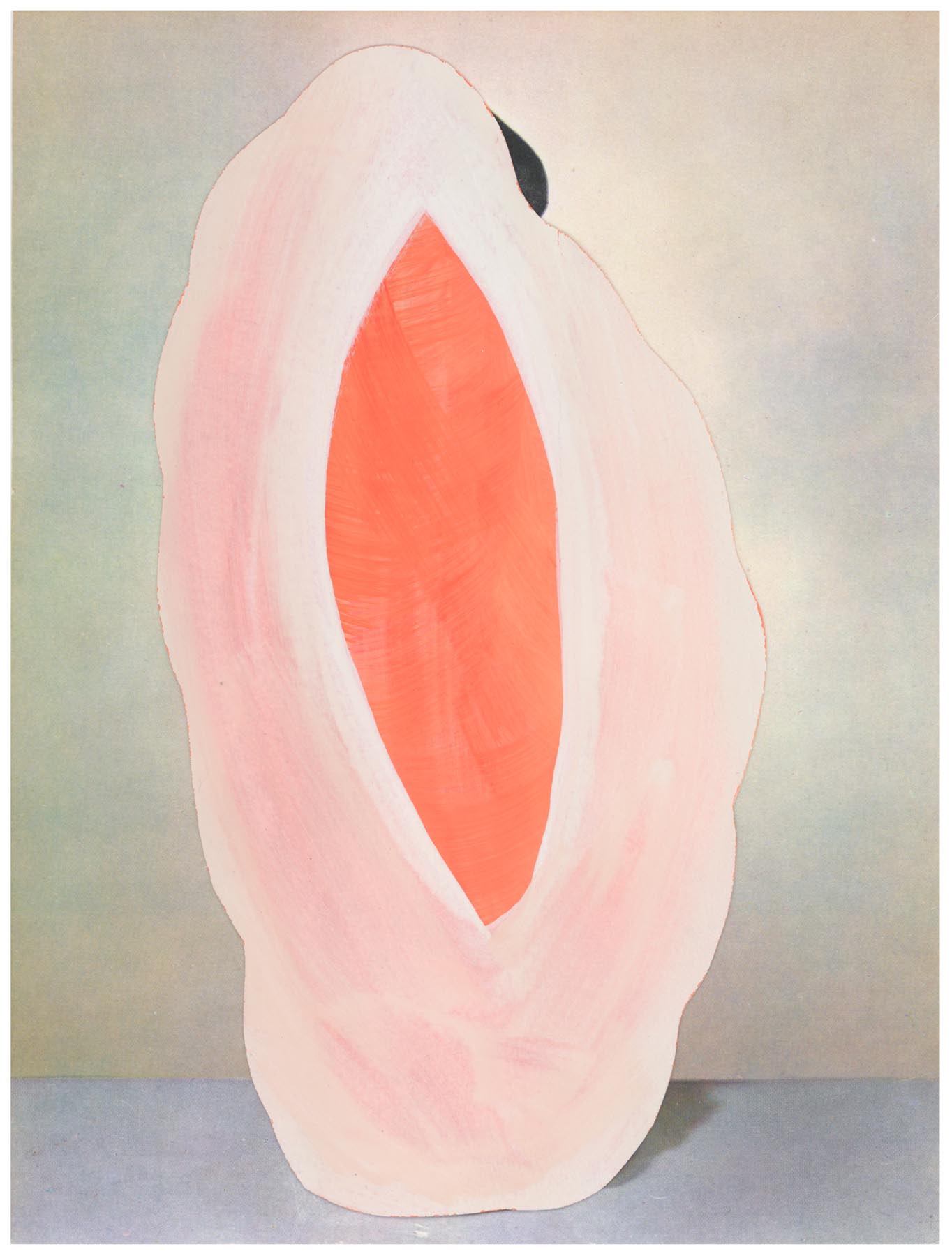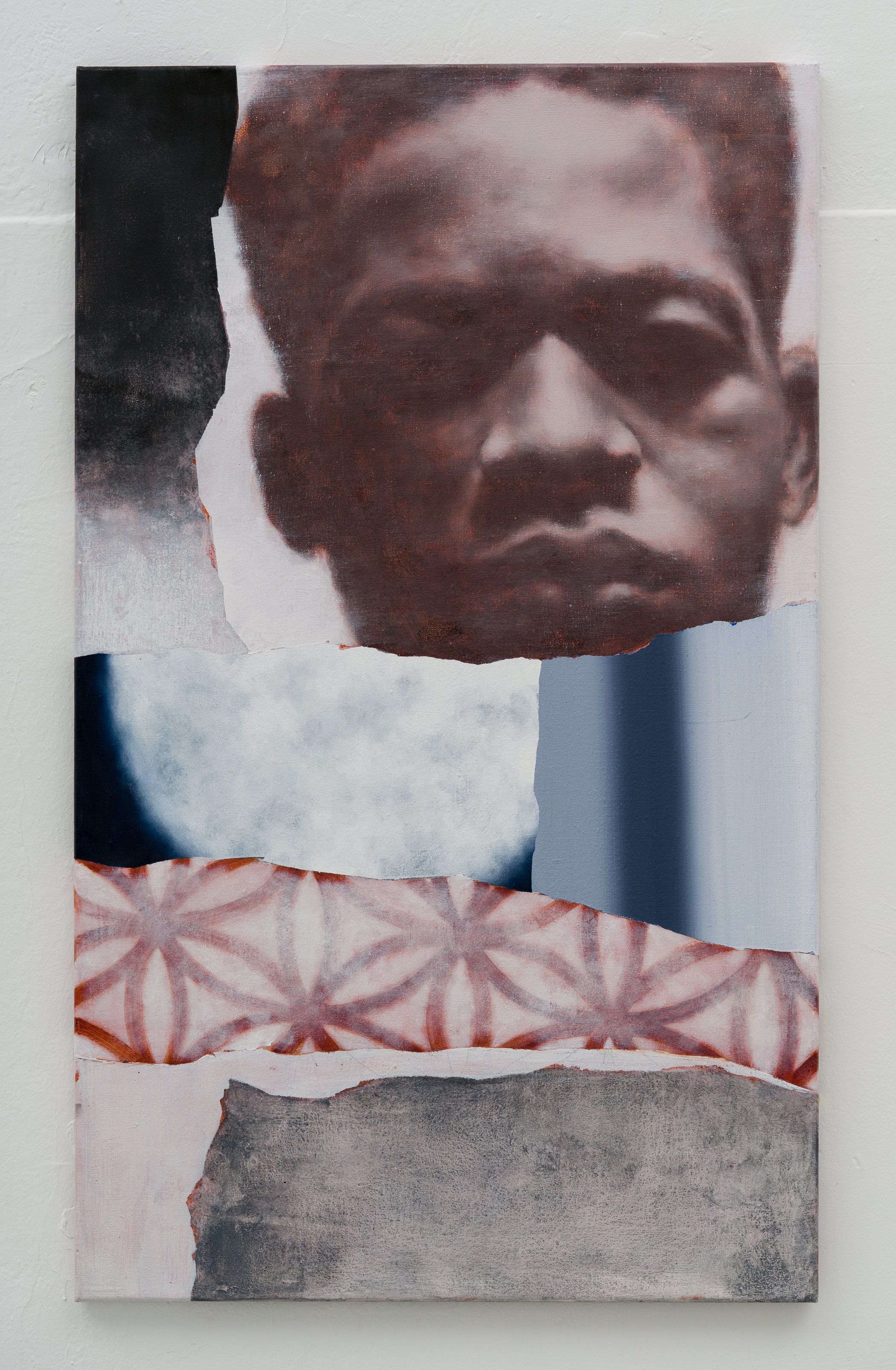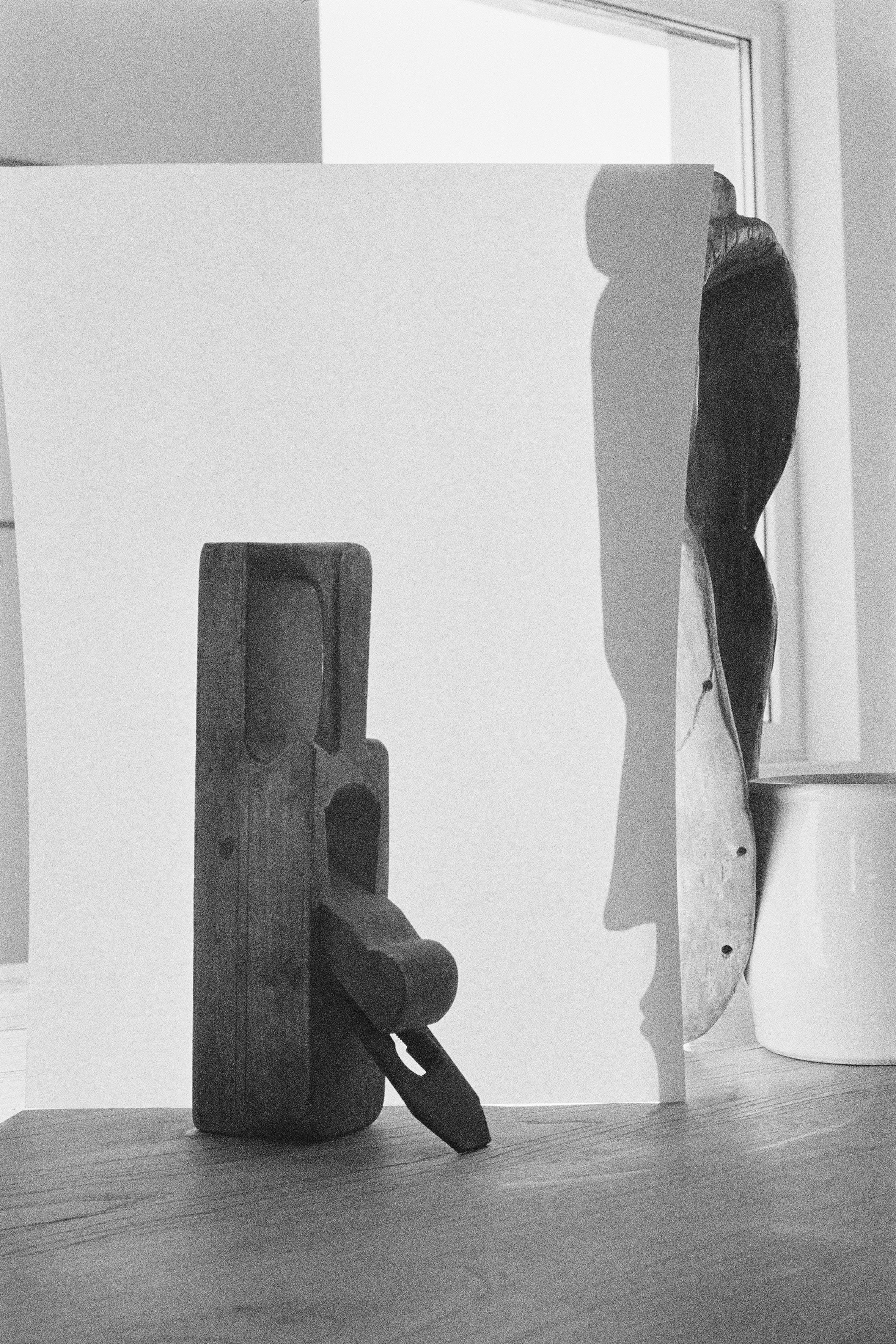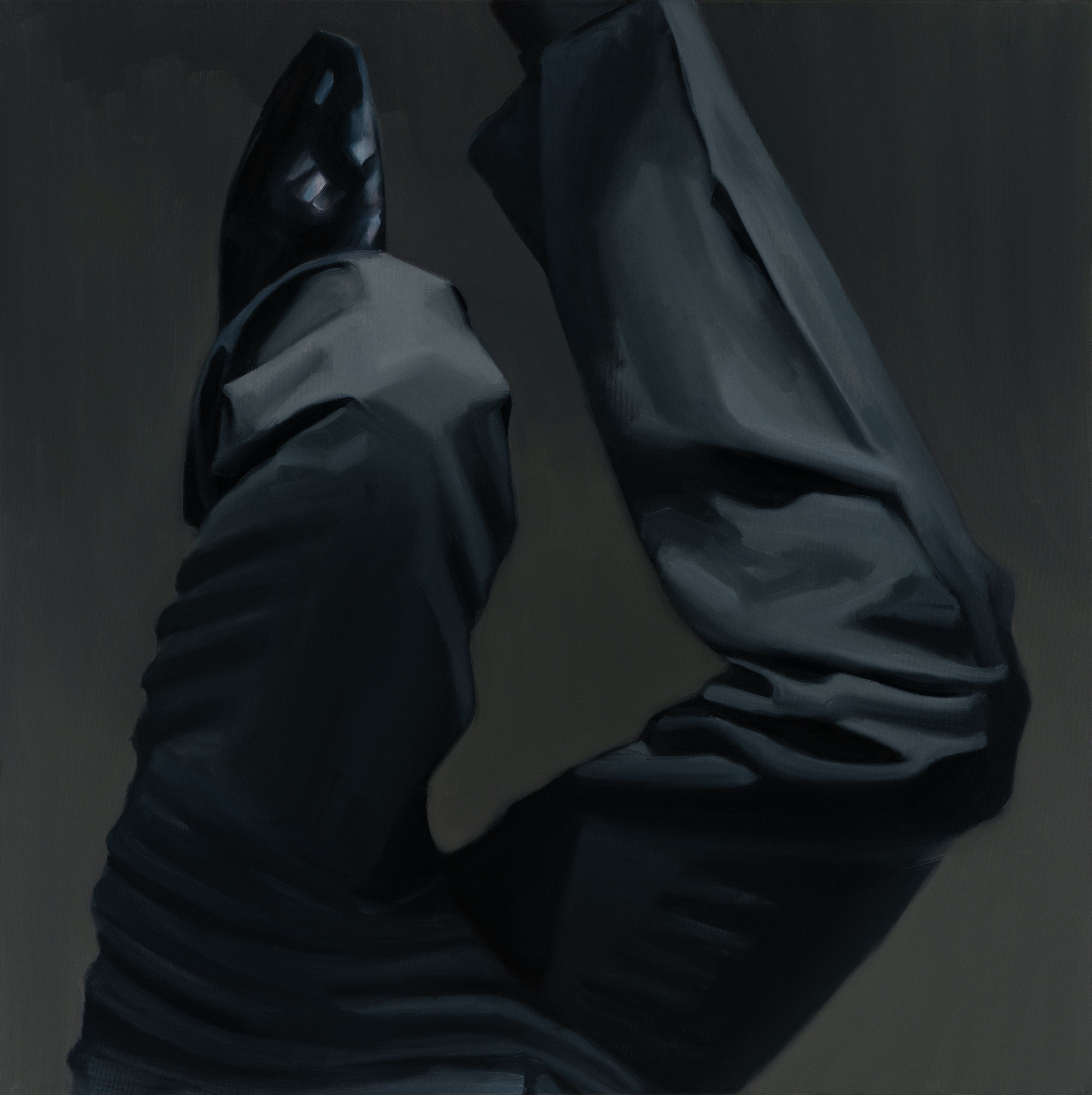The 24th edition of Art Rotterdam will take place from 9 to 12 February in the iconic Van Nelle Factory. At the fair, over a hundred galleries from the Netherlands and abroad will show the work of emerging and established artists, on a floor space of 10,000 m2. On GalleryViewer you will find the fair catalogue, containing an overview of all works shown at the exhibition. On this page, we highlight some notable works.
Ruth van Beek | The Ravestijn Gallery
The Dutch artist Ruth van Beek doesn’t only resists the traditional rules and visual codes within photography, but works entirely from her own paradigm. For her collages, Ruth van Beek uses photo books, European and American magazines from the 1950s, 1960s and 1970s, and even user manuals. She finds many of these objects in obscure thrift stores. These images, taken out of context, often enter into a mutual dialogue. Van Beek proposes to reveal a new and underlying, and somewhat surreal universe. Particularly in her newer work, she adds large, organically shaped bits of colour, in soft watercolours. Her visual language, the unexpected combinations and free associations bear witness to a great imagination and provide food for thought. Repetition, action and coincidence play an important role in this, and Van Beek works in a very physical way: she folds, cuts, contrasts, adds pieces of painted paper, rearranges and manipulates them. Small details are visible behind large areas of colour, other details are carefully hidden. But this is not preceded by a detailed plan, she mainly works intuitively. As a viewer, it makes you curious, might you be able to look very carefully behind that piece of..? But in the end: isn't your imagination much more interesting? Van Beek holds a master's degree in photography from the Gerrit Rietveld Academy and her work has been exhibited worldwide. Her collages have been featured in Foam Magazine, Time Magazine, The British Journal of Photography, The Aperture Photobook Review, the Financial Times and The New York Times. She has also worked with fashion brands including Marni.

Dion Rosina only recently graduated from the Breitner Academy in Amsterdam (2021), but his career is booming. He was nominated for a Royal Award for Modern Painting and his work was shown in the exhibition 'Here. Black in Rembrandt's time' at Museum het Rembrandthuis, at Documenta Fifteen and at OSCAM, in a group exhibition by Patta curators Violette Esmeralda (head of photography) and Lee Stuart (brand director). The exhibition in Museum het Rembrandthuis showed that, contrary to popular belief, Black people were in fact a significant part of Dutch society in the seventeenth century. Yet Black people have remained underexposed in terms of (art) history and if they were depicted at all, they usually had little power and agency. Rosina is interested in the African diaspora and historical and contemporary representation. In his work, he expresses this in his own unique way. For his work, the Amsterdam-based artist makes extensive use of existing visual material, that he imbues with his own imagination. His paintings, which refer to collage, often contain a combination of figuration and abstraction and refer to real faces. People on the street, on the internet, faces from advertisements or historical photos from archives. Rosina came across a series of remarkable photos that were taken in Brazil around 1870. The artist is particularly interested in photographs with a certain charge and an indefinable context, a penetrating look or an interesting atmosphere. He then imbues these photos with a new context, especially when he makes combinations of several faces. He uses the photos as a starting point for a realistically painted portrait and the result is always a bit puzzling and enigmatic. As a viewer, you are curious about the story behind these interesting faces and you're invited to offer your own interpretation. Rosina’s work is currently shown in the exhibition 'Realism from 1900 to now' in Museum MORE.

Marco Maria Zanin | Spazio Nuovo
Italian artist Marco Maria Zanin has a degree in Literature and Philosophy, as well as International Relations and Psychology. His work is informed by his many travels across the world, but also by the place he grew up in: the Veneto region in Italy. His work moves along the lines of different borders: between art and artifact, between object of common use and ritual object, between local specificities of distant cultures and possible common denominators. Collected during travels in different parts of the world, in close contact with communities linked to the earth, ceremonial objects migrate and arrive in the artist’s daily space. There, they encounter another category of objects, coming from the nearby Veneto countryside, objects of use common used by farmers for agriculture or to make tools dedicated to working the land. These different categories of objects meet, overlap, merge to create hybrids that suggest new possible scenarios. In doing so, the artist hopes to expose and refute certain Eurocentric perspectives.

Daniela Comani | Galleria Studio G7
At first glance, it may not be immediately apparent what is wrong with this picture, but if you look a little closer you will see that the famous Madame Bovary has made way for Monsieur Bovary here. In her "New Editions by Daniela Comani", the Italian artist plays with history, language and our prejudices surrounding gender and identity. It brings to mind the riddle that was circulating a while ago: a father and son have a terrible car accident in which the father dies. The son is rushed to the hospital. Just as he's about to go under the knife, the surgeon says, "I can't operate - that boy is my son!" Who is the doctor? A Boston University study found that only 14 percent of respondents gave the correct answer: the doctor is the mother of the child.
In the famous novel by Gustave Flaubert from 1856, we read how Emma Bovary tries to escape her intensely boring, empty and limited existence in the countryside as a woman of her time. She indulges in a series of affairs and lavish purchases, ultimately leading to her financial and emotional ruin, and eventual suicide — for while contemporary readers can undoubtedly feel some compassion for her plight, the book definitely served as a moralistic warning at the time. When 'madame' is suddenly exchanged for 'monsieur', the whole context changes. Not in the least because cheating and wasting money (e.g. gambling) was a much more commonplace and socially accepted phenomenon for men in her time. The gender change therefore evokes a certain discomfort. The same discomfort that people experienced when they heard the answer to the riddle above. They were effectively confronted with their subconscious assumptions and bias when it comes to gender. And it is precisely this discomfort that interests the artist. The work is part of a series of covers in which the artist adapted the front of leading literary classics. Comani hopes to make us think about entrenched gender roles and stereotypes. She studied at the Art Academy and University of Bologna, followed by training at the Universität der Künste in Berlin. In 2011, her work was shown at the Venice Biennale in the pavilion of San Marino.

Peter Rothmeier Ravn | Galleri KANT


